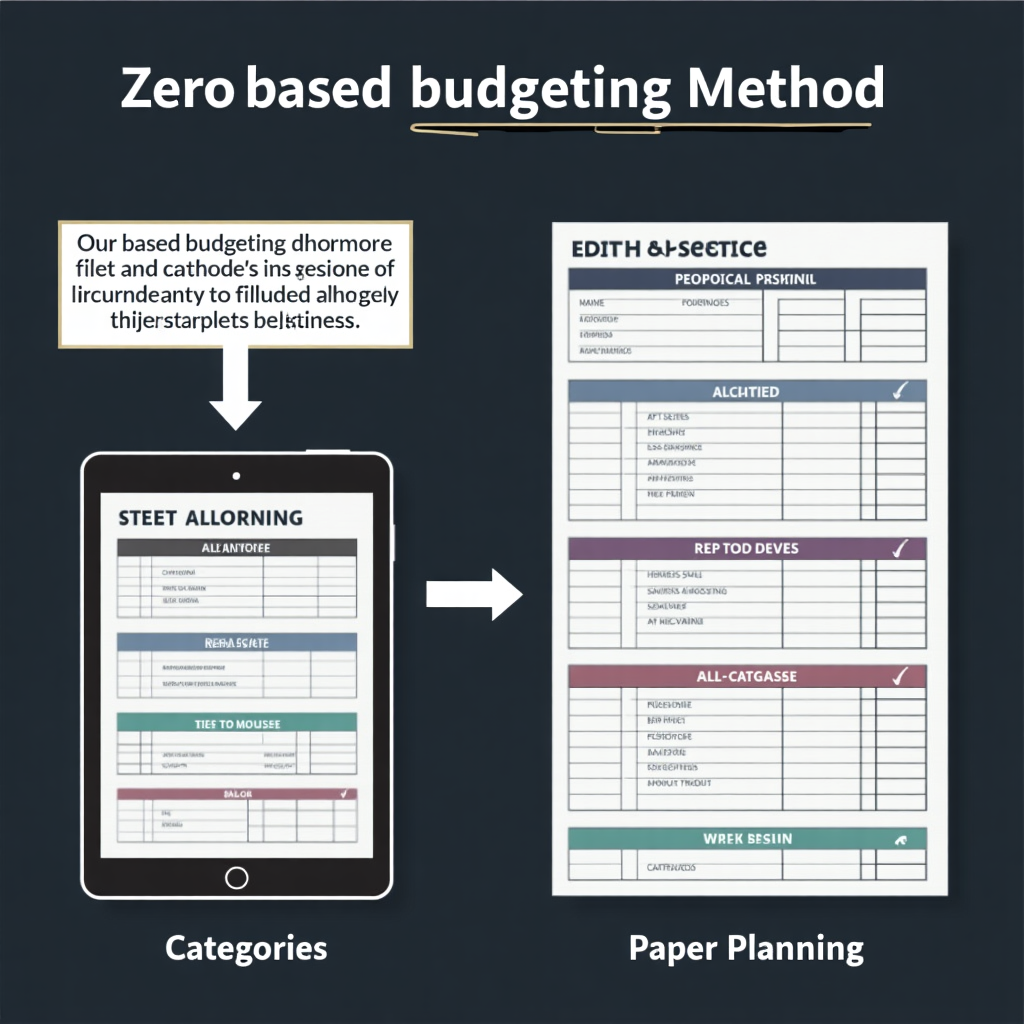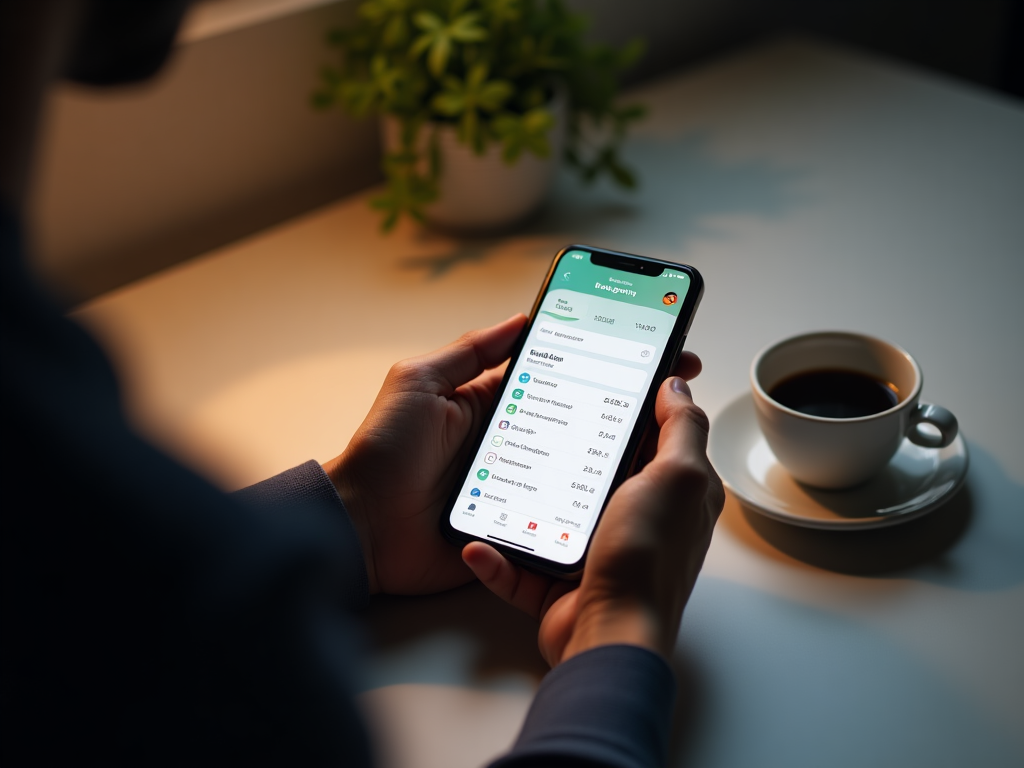Discover different approaches to managing your household finances and find the methodology that best fits your lifestyle and financial goals.
The right budgeting methodology can transform your relationship with money and help you achieve financial stability. Each approach has its own strengths and is suited to different situations and personality types. Explore these proven methodologies to find your ideal financial management system.
When selecting a budgeting method, consider your financial goals, personality, and lifestyle. Some methods work better for detail-oriented individuals, while others are more suitable for those who prefer simplicity. You might even combine elements from different approaches to create a custom system that works perfectly for your situation.
The most effective household accounting system is one that you can maintain consistently over time. Experiment with different methodologies until you find one that feels natural and sustainable for your household.

Zero-based budgeting operates on the principle that your income minus your expenses should equal zero. This doesn't mean you spend everything you earn; rather, you assign every pound a specific purpose, including savings and investments.
At the beginning of each month, you allocate all of your expected income to specific categories until you have zero pounds left to assign. Categories typically include:
This method provides complete visibility into where every pound goes, prevents overspending, and ensures that your money is working toward your priorities and goals.
Detail-oriented individuals who want maximum control over their finances and those who need to carefully manage limited resources.

"Give every pound a purpose, and you'll find purpose in every pound you earn."
The 50/30/20 rule divides your after-tax income into three main categories: 50% for needs, 30% for wants, and 20% for savings and debt repayment.
Begin by calculating your after-tax income, then allocate:
This method provides a simple framework that balances financial responsibility with quality of life, making it easier to maintain over the long term.
Those who prefer a more flexible approach to budgeting and want a balanced way to manage their finances without tracking every expense.

"Balance is not something you find, it's something you create in your financial life."
The envelope system creates physical constraints on spending by allocating cash to specific categories, helping to prevent overspending and build discipline.
After covering bills that are typically paid electronically, you withdraw cash for variable expenses and distribute it into labeled envelopes for different spending categories:
When an envelope is empty, you stop spending in that category until the next budget period.
This method creates immediate awareness of spending limits, eliminates the risk of overspending, and helps develop strong financial discipline through tangible boundaries.
Visual learners, those who struggle with overspending, and people who benefit from physical reminders of their budget constraints.
"When you can physically see your budget diminishing, you make more conscious spending decisions."
Digital tracking leverages technology to automate the process of recording, categorizing, and analyzing your financial transactions, making it easier to maintain consistent financial awareness.
Using specialized apps, spreadsheets, or financial software, you can:
This approach reduces the time and effort required for financial management, provides detailed insights through data analysis, and enables real-time monitoring of your financial situation.
Tech-savvy individuals, those with complex financial situations, and people who appreciate data-driven insights into their spending habits.

"Technology transforms budgeting from a tedious task into an insightful financial journey."
The "Pay Yourself First" method prioritizes savings by treating them as the first and most important "expense" in your budget, ensuring that you consistently build wealth regardless of other spending.
As soon as you receive income, you immediately set aside a predetermined percentage for your financial goals before allocating money to any other expenses:
This approach ensures consistent progress toward long-term financial goals, reduces the temptation to spend money that's "left over," and builds the habit of saving as a non-negotiable priority.
Goal-oriented individuals, those building long-term wealth, and people who struggle to save consistently when they wait until the end of the month.

"Don't save what's left after spending; spend what's left after saving."
Value-based budgeting aligns your spending with your personal values and priorities, focusing less on strict category limits and more on ensuring that your money supports what matters most to you.
Begin by identifying your core values and priorities, then examine your spending to ensure alignment:
This method creates greater satisfaction with your financial choices, reduces spending on things that don't bring lasting happiness, and helps clarify financial decision-making.
Those who feel restricted by traditional budgeting methods, individuals seeking more meaning in their financial lives, and people who want to ensure their spending reflects their values.

"When your spending aligns with your values, financial decisions become both easier and more fulfilling."
Many successful household accounting systems incorporate elements from multiple methodologies. There's no one-size-fits-all solution, and the most effective approach is often a personalized one that addresses your specific challenges and goals.
Combine the thoroughness of zero-based budgeting with the convenience of digital tracking tools to gain complete control while minimizing manual work.
Use the 50/30/20 framework as a starting point, but allocate the "wants" category based on your personal values to ensure meaningful discretionary spending.
Create virtual "envelopes" in budgeting apps to maintain the psychological benefits of the envelope system without the need to handle physical cash.
Automatically direct a portion of income to savings goals, then use a more relaxed tracking approach for the remaining funds.
Your ideal budgeting approach will likely change throughout your life as your financial situation, goals, and priorities evolve:
Simple methods like 50/30/20 or digital tracking can help establish basic financial habits without overwhelming complexity.
More structured approaches like zero-based budgeting can help navigate the increased financial complexity of family life.
Value-based budgeting and pay-yourself-first strategies can help balance wealth building with lifestyle goals.
Detailed tracking and zero-based budgeting can help optimize finances for the transition to retirement.
Begin with one aspect of your chosen methodology rather than trying to implement everything at once. For example, start by tracking expenses before creating a detailed budget.
Allow yourself 3-4 months to adapt to a new budgeting system. The first month will rarely be perfect as you learn and adjust your approach.
Include a miscellaneous or buffer category in your budget to account for unexpected expenses and reduce the likelihood of getting discouraged.
Ensure that everyone who contributes to or benefits from the household finances has input on the budgeting process and understands the system.
Set aside time weekly or monthly to review your progress, make adjustments, and celebrate successes in your financial management.
Create visual representations of your financial goals and progress to maintain motivation and keep your budget top of mind.